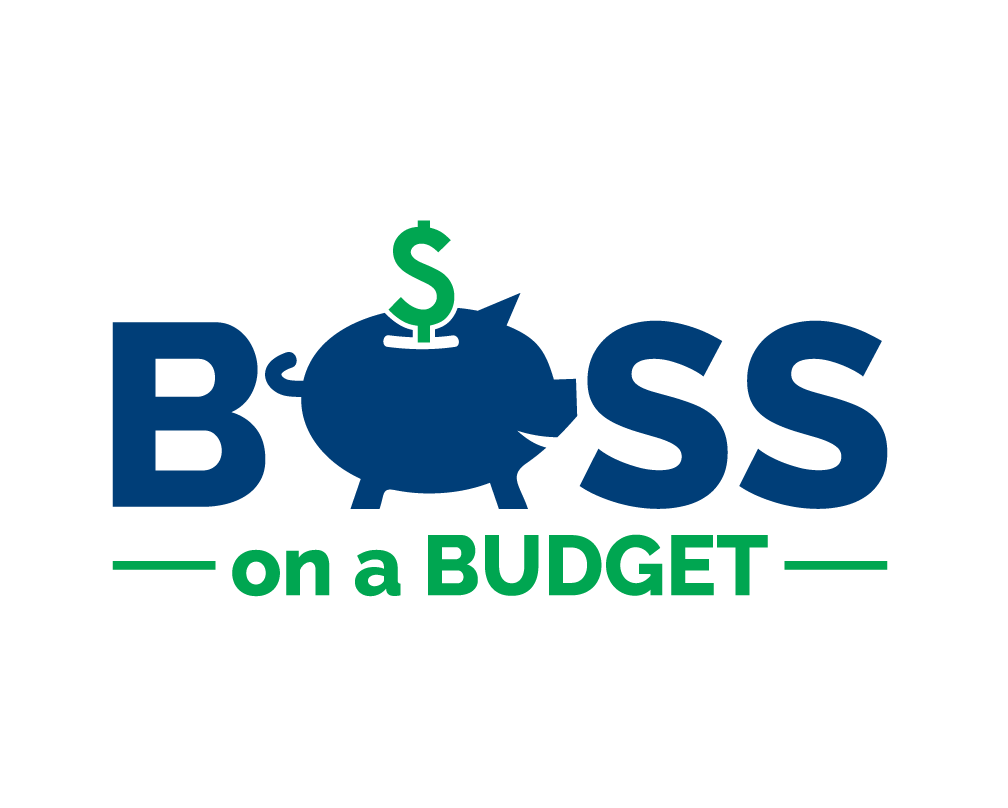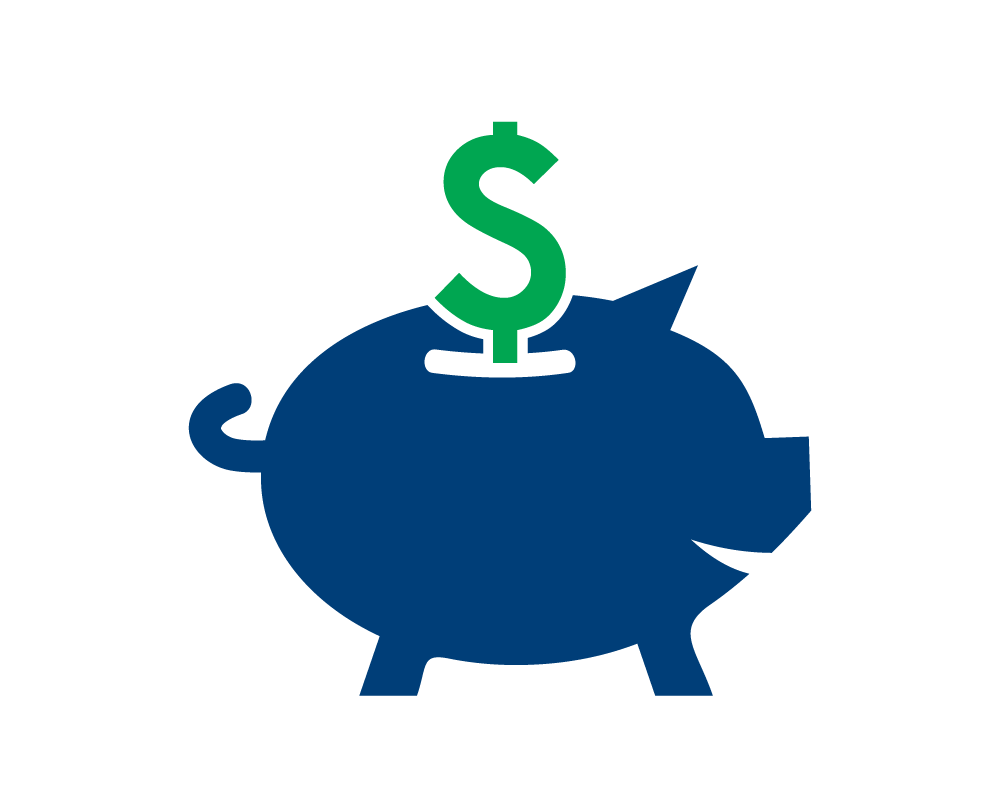Creative and Low-Cost Marketing Ideas for Nonprofit Events
Once your new nonprofit is up and running, you may want to celebrate your launch and announce your organization to your community by hosting an event. However, if your nonprofit is on a tight budget, it can be difficult to set money aside specifically for marketing your events.
Fortunately, there are several low-cost and free marketing campaigns nonprofits can leverage. These ideas can be used to market fundraisers, your nonprofit’s services, and your volunteer program in addition to events. Plus, once you know how to manage these marketing strategies, you can use them over and over again for other marketing priorities.
With that, let’s dive into our first idea for spreading the word about your event.
eCards
Nonprofit eCards can be used for a wide range of purposes, such as thanking donors, fundraising, and of course, marketing. eCards are virtual postcards, but unlike physical postcards, they cut out the costs of materials, printing, and mailing.
Instead, you can send out fun and memorable eCards instantly to prospective event attendees by following these steps:
Partner with an eCard platform. To design and manage your eCards, you’ll need to work with an eCard service. Fortunately, there are several eCard platforms that work specifically with nonprofits and offer low-cost access to their eCard tools. Research platforms to find one that will give you a good deal and provide the customization and delivery features you need.
Design your eCards. Your event eCards will grab more attention the more their designs stand out. Consider choosing a theme for your event and designing your eCards around that. For example, the eCard platform eCardWidget shows off sample eCards for a Valentine’s Day fundraiser from the nonprofit One Tail at a Time:
Start sending eCards. Write a message to add to your event eCards that explains your event and when and where it is. Then, send out your eCards. Some eCard platforms have messaging features for a variety of communication channels, such as email, text messages, and social media.
After partnering with an eCard service to promote your event, you can keep using eCards to stay in touch with your new supporters. For example, you might send event guests eCards after your event to thank them for their participation.
Google Ads
Search engine ads on Google put your nonprofit in front of a huge audience, and nonprofits can buy ad space to promote their events for free with the Google Ad Grant. The Google Ad Grant is a marketing grant for nonprofits that provides eligible organizations $10,000 in monthly ad credits to spend on Google Ads.
Getting Attention’s guide to the Google Ad Grant walks through the application process:
Check your eligibility. Review Google’s guidelines to determine if your nonprofit qualifies for the Google Ad Grant. Applicants must be officially registered nonprofits in their country, which for U.S.-based organizations means being a 501(c)(3). Currently, hospitals and healthcare organizations, educational institutions, and government agencies are ineligible for the Google Ad Grant.
Ensure your website is high-quality. Google wants to promote valuable content to users to encourage them to continually click on sponsored ads. As such, Google has several website requirements, such as that sites must have SSL protection, relevant and original content, no deadlinks, fast load times, and no commercial activity.
Apply for Google for Nonprofits. The first step to applying for the Google Ad Grant is to join the Google for Nonprofits program. If you are eligible for the Google Ad Grant, you are likely also eligible for Google for Nonprofits. Through Google for Nonprofits, you’ll also gain free access to various Google apps, which can be a money saver for your team.
After this, the only next step is to fill out a form applying for the Google Ad Grant. Google will get back to you usually within a few weeks. If approved, you can start creating search engine ads for your event immediately.
Business Partnerships
Do you plan to approach businesses to arrange sponsorships for your event? If so, consider asking some of them if they would be interested in making marketing a part of that sponsorship. To ensure these conversations go as smoothly as possible, be sure to:
Check businesses’ philanthropic history. Businesses with a history of corporate philanthropy, especially nonprofit event sponsorships, are more likely to support you. Research what causes they have supported and if the business has a specific philanthropic mission that aligns with your nonprofit’s.
Emphasize benefits to the businesses. Choosing to sponsor a nonprofit event is ultimately a strategic business decision. When talking with businesses, discuss how they will benefit by offering marketing support, such as how emphasizing their connection to your cause can provide an increased reputation boost.
Make helping you easy. The easier you can make marketing your event for businesses, the more likely they are to agree to your proposal and follow through. For example, you might create flyers or pamphlets for them to hand out or post in their windows. Or, you might write copy for them to post on social media promoting the event and their sponsorship.
Additionally, make sure you have a few essentials on hand before meeting with business leaders. This includes details about who your nonprofit is, what your event is, how sponsors will be featured, and how sponsors will contribute. Having documents explaining these concepts at the ready will help your team if they need to pull up information in the moment, and the businesses can refer to them later to make their decision.
Peer-to-Peer Campaigns
Consider making your event part of a peer-to-peer campaign. By doing so, you’ll recruit supporters to raise funds and help market your event on your behalf. Essentially, this strategy works like any other peer-to-peer campaign, just with your event serving as the campaign’s deadline.
In the weeks or months leading up to your event, depending on how long you want to run your peer-to-peer campaign, supporters will reach out to their networks to fundraise for your nonprofit. They will share stories about their personal experiences with your nonprofit and cause, and their friends and family will donate or pledge to donate.
In particular, events like fun runs, 5Ks, and other events that can be easily turned into pledge drives work especially well for peer-to-peer campaigns. The only expenses for your nonprofit will be purchasing peer-to-peer fundraising software to allow your fundraisers to set up custom donation pages. This allows them to tell their stories through their pages, and let their networks give to them specifically rather than a nonprofit they may be unfamiliar with.
Peer-to-peer campaigns can also help you retain donors. Supporters who participate will spend a lot of time discussing your nonprofit and why your cause matters to them, strengthening their connection to your organization. Plus, at your event, you can take the opportunity to celebrate your peer-to-peer campaign participants to recognize their efforts and build your relationship with them.
Remember that when it comes to fundraising, even if you’re low on resources, your nonprofit is not alone. Free and low-cost tools are available and communities you can join if you know the right places to look.


